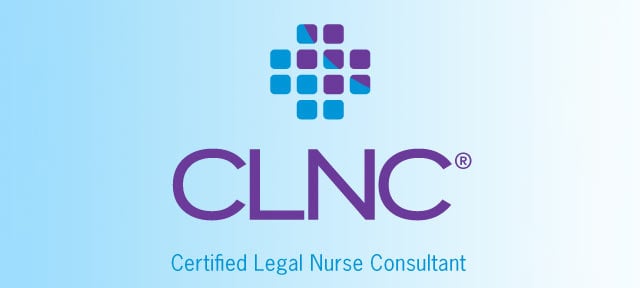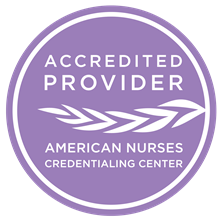Every Certified Legal Nurse Consultant knows that after a patient has a stroke, the care they receive in the first 3-4 hours is the most crucial. The type of stroke influences the treatment so proper recognition and diagnosis are essential. Despite this knowledge, the National Quality Forum (NQF) recently rejected a proposed guideline that would have called for a CT scan within 45 minutes of a patient presenting to the ED. Why is this important? The NQF sets the medical guidelines that are used by the Centers for Medicare & Medicaid Services (CMS) to evaluate (and reimburse) hospitals. So, with no reimbursement, the likelihood of a patient getting a CT scan drops pretty dramatically.
Hospitals receiving Medicare funding will soon be reporting how well they comply with guidelines for stroke treatment, even though one of the most important diagnostic tools for stroke (a CT scan) was not done.
The American Association of Neurology pushed strongly for the guideline and the American Stroke Association’s (ASA) guidelines for stroke care include the recommended 45-minute standard for scans. According to the ASA nearly 700,000 Americans incur a stroke annually, with 170,000 fatalities. In other words, an American suffers a stroke every 45 seconds and every 3 minutes, one of these stroke victims dies, so it’s very likely you’ll run into a case involving a stroke at some point in your legal nurse consulting career. As a CLNC® consultant working on stroke cases, you should establish whether the standards of care for diagnosing and treating stroke were adhered to by the potential defendant hospital and healthcare providers. Establish not only whether or not a CT scan was done, but how timely it was ordered, completed and interpreted. Despite NQF, who looks like they had a stroke (not a stroke of genius) reputable testifying experts will be testifying in medical malpractice cases that a CT scan within 45 minutes of presenting to the ED is the standard of care.
Success Is Inside!
P.S. Comment and share your vote on NQF’s decision.
P.P.S. Read Vickie’s Legal Nurse Consulting Blog on your Kindle. You can try it free for 14 days and have it auto-delivered wirelessly to your Kindle and updated throughout the day so you can stay current. If you enjoy your subscription and do nothing you will continue to receive the blog post at the $.99/month subscription price.









I don’t understand how they can change this guideline. How will they determine if it is a hemorrhagic or ischemic stroke? Does this, in effect, change the whole protocol for treatment of ischemic stroke? Undoubtedly, it is about dollars. Sad, when the stroke centers have had success with the current standard utilizing the 45 minute window for diagnosis. And how cost effective would it be when you weigh the cost of a CT scan vs. the potential long term care required for a stroke patient? Plus the loss of the ability to care for one’s self and be a productive member of society…There is no dollar figure to be placed on that loss.
This article describes it well. I want to keep my ears open to what is concluded at this April’s American Academy of Neurology national meeting held in Seattle. It sounds like an issue of samantics, and I would be surprised (and afraid) if it didn’t get turned around pretty soon once everyone can agree on what they are specifically talking about.
Great “head’s up”! I am an ED nurse and currently in managment. This one hits close to home.
I thought the same thing you did when I first read the wall street journal story, but the comments to the wsj story were actually illuminating. This is a case where NQF’s steering committee was wise to ask that changes to the measure be made to ensure it actually measured whether or not the CT scan happened in a timely manner. Apparently the measure developer didn’t make the changes needed to make it a good measure (for example specifying when the clock started – rather important). according to NQF, the measure can still be improved, reviewed and passed if those changes are made.
So it’s great that you are raising the issue.
This is an outrage! However, logically speaking, it seems to me that the need for a neurology consultation in such situations would still remain.
I have recently worked on a case involving a young woman who presented to the ER with classic symptoms of a potential stroke. Although she did receive a CT scan (which was negative at the time), there was no neurology consultation obtained. Unfortunately, she returned 2 days later with a massive CVA. In my opinion, the lack of a CT does not negate the need for appropriate specialty consultation in patients presenting with symptoms of potential CVA.
Thanks for the article and the links! I am surprised by this new guideline. Within the last 2 months, a good friend of mine had a stroke (55 years old). Talking with he and his family, it is unclear whether a CT was done in a timely manner when he arrived at the facility he was transported to. Regardless, I am surprised by this. For the patients I’ve cared for in the past couple years in the ICU, I am happy for the patients who had a stat CT scan at our facility, received tPA, and subsequently had positive outcomes.